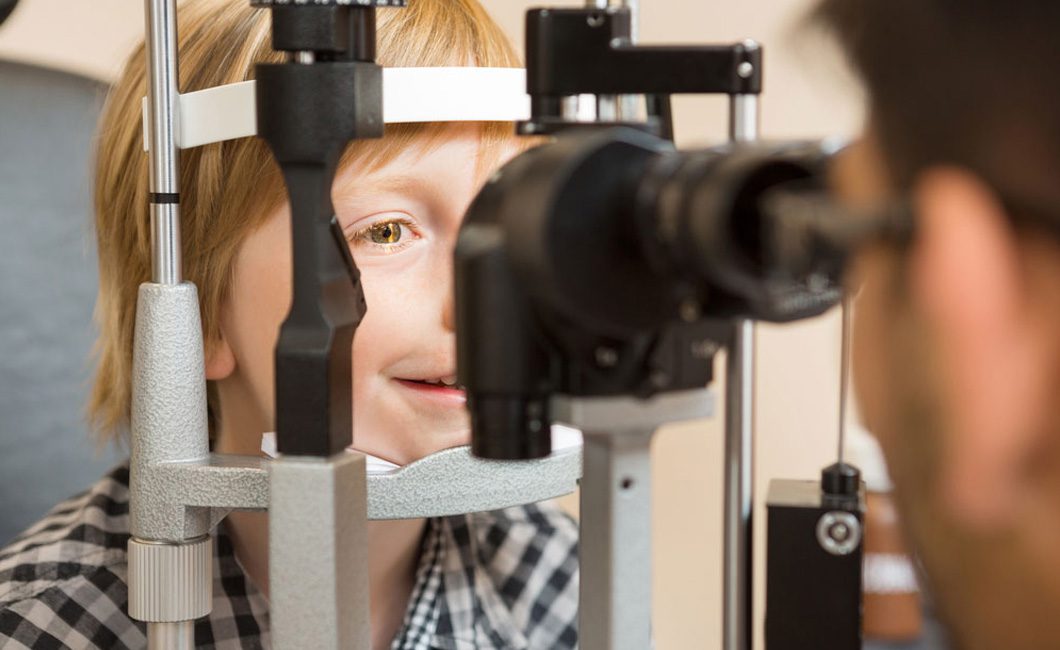Routine Eye Exam



Every patient needs routine eye examinations, but each patient’s exam frequency depends on factors such as their health, age, and whether or not there are any past eye issues.
Since vision is such an important part of learning, children should have annual eye exams. If your child is generally healthy, has no existing vision issues, and has had a previous exam performed by a pediatric ophthalmologist, he or she can stretch their exam to every two or four years instead of coming in for an exam annually. However, if your child has existing health problems, such as diabetes, then an annual exam is necessary to maintain eye health. Children with problems like ocular misalignment or amblyopia should also be seen regularly.
To schedule a routine eye exam, contact the Children’s Eye Center of Orange County at (949) 236-7050.
What happens during a routine eye exam?
the eye exam begins, you should tell the pediatric ophthalmologist about any chronic illnesses that your child is dealing with, or any medications or supplements that he or she is taking. It is also important to share your family’s health history and any other information that could be helpful or have an effect on your child’s vision in the future.
During the exam, the pediatric ophthalmologist will test your child’s eyesight and overall eye health. Your child will be asked to read letters of varying sizes off of a chart in order to test his or her vision acuity (clarity). This test helps the doctor to determine whether or not your child has normal eyesight or needs further evaluation in order to determine the need for glasses to correct myopic (nearsighted) or hyperopic (farsighted) vision. If your child is nonverbal, your pediatric ophthalmologist will be able to determine his or her vision by using other techniques.
Ocular alignment and eye muscle movement will be evaluated. Your doctor may use different prisms (lenses) to further evaluate any existing eye muscle deviations. Depth perception and evaluation of lazy eye amblyopia will be done on every patient.
Additionally, the doctor will examine your child’s eyelids and use different instruments and lights in order to look into the eyes, behind the eyes, and one the eye surfaces. Similar to blood pressure evaluation at a primary doctor’s office, your child’s ophthalmologist uses a device to check the pressure inside the eye as a test for glaucoma.
None of the testing performed during a routine eye exam is painful or uncomfortable for your child. During the first exam, and occasionally during follow-up exams, the ophthalmologist will use eye drops that dilate, or widen, the pupils. This can make it hard for your child to focus properly for a few hours after the exam, but is useful and allows the ophthalmologist to fully evaluate the back of the eye and get a more accurate measurement of the glasses prescriptions. Your pediatric ophthalmologist may place several lenses in front of the eye to determine the prescription of glasses for your child. This may be done without the need for your child to answer any questions.
If your child’s ophthalmologist believes that eyeglasses are necessary for vision correction, you will receive a prescription based on the routine eye exam. For your convenience, a selection of eyeglasses and patches are available in the office that can meet your needs.
Make an appointment
Entrust your child’s vision to Orange County’s best. Contact us today.
